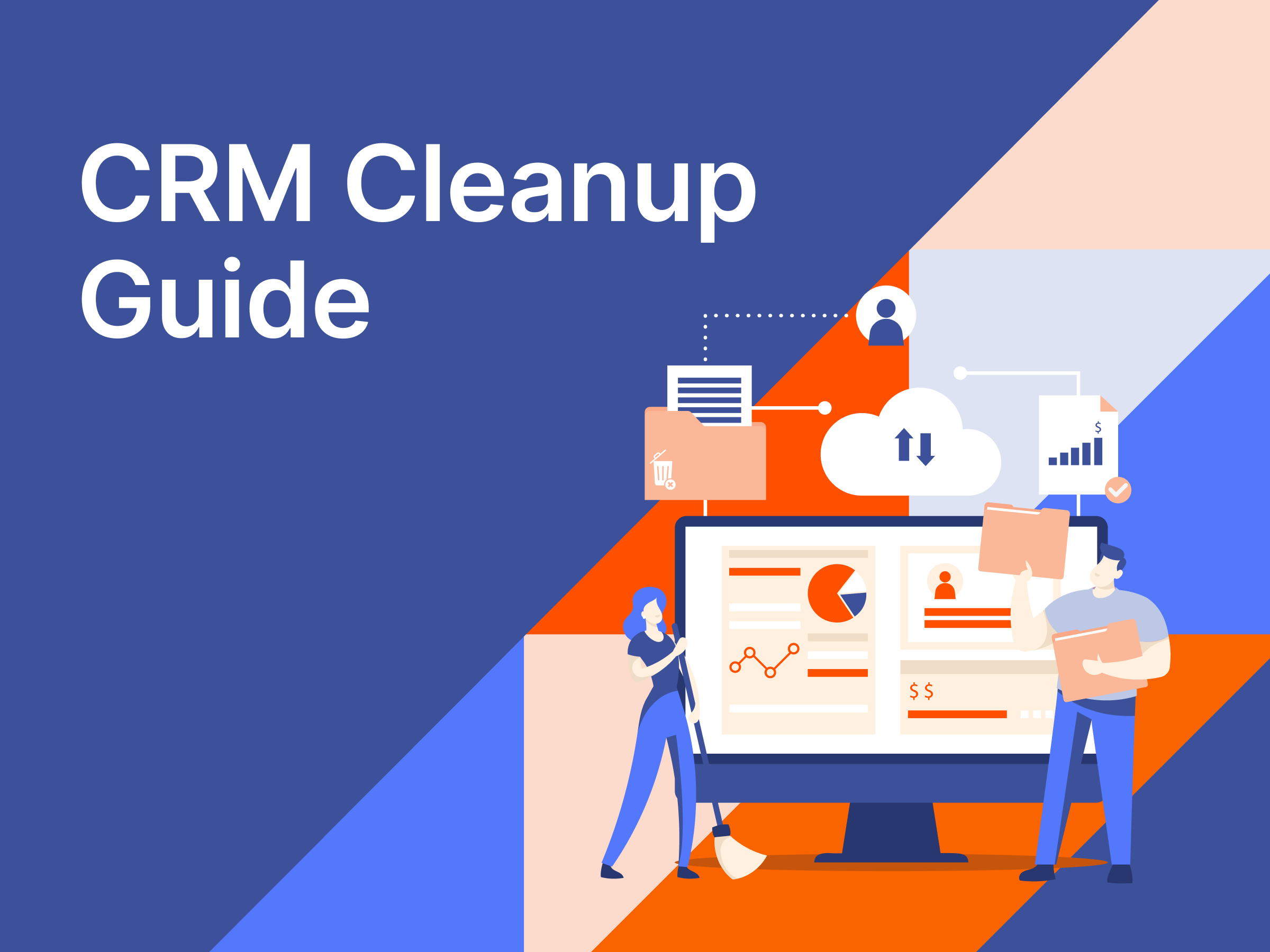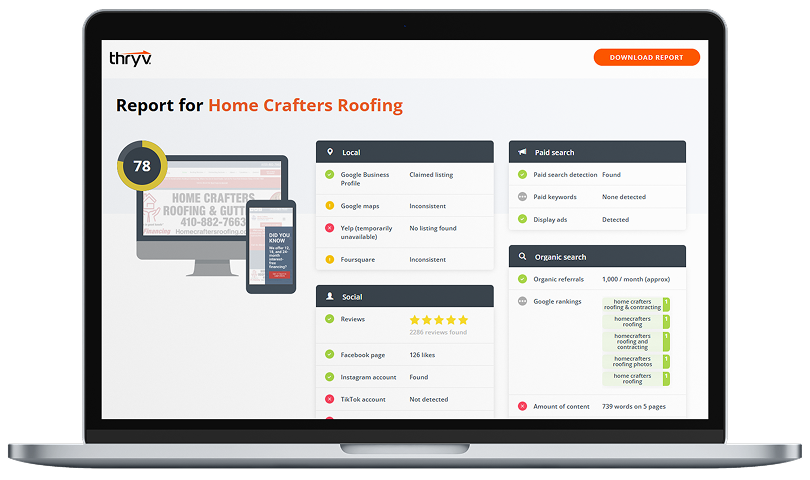Is this you? Got one list of customers in your email system. One list in your point-of-sale system. One in your billing system. And maybe one still on your old Rolodex.
Or maybe you’re one of the 20% of businesses in one recent survey that keeps no contact information for customers, or leads for that matter.
Sorry to tell, but you’re paying a price. Messy, disconnected customer data is a lost marketing opportunity. Without a way to consistently contact and track customers, you lose out on driving repeat business, for instance with sale announcements or appointment reminders.

Free: CRM Cleanup Guide
DownloadFind the best way to organize a customer information list for client marketing:
- Pick a home for your customer data. It could be a simple spreadsheet or a customer relationship management (CRM) system that could itself be part of a larger system, say for accounting or marketing. The key thing is to pick one primary location for your data, and stick to it.
- Make sure your data plays nice with email, text messaging and social media so you can reach out to customers. Yes, you can upload a customer list from a spreadsheet to those channels but a better solution would be a CRM system that automates the whole process of customer contact.
- Pick the types of information (or “fields”) you want in your database to fill out the profile of each customer. You’ll need a unique identification for each client, such as a customer ID number or email address, plus basic contact information. You can also record contact history and sales history or notes about the client. And a birth date, if they’ll divulge–a nice excuse to send a message.
- Also think through how you’d want to group customers; you’ll be able to attach the profiles to groups then sort them, for instance for “high value customers” or leads or purchasers of one type of service.
- Merge your various customer lists. Typically, you can import a list to a CRM system and “map” the fields; in other words, if “high value” and “#5” customers are the same group named differently in different lists, pick the winner and direct the other name to it. CRM systems may also de-duplicate lists or work with apps that de-dupe.
- Yes, you’ll probably end up doing some data entry by hand. You may well have a lot of missing data on your lists, too.
No existing customer lists?
If you’re one of the 20% with no customer lists and starting from scratch—exhale. You can start small and work your way up, asking customers for information as you go.
Start with email addresses. Yes, email = old school, but it’s still the basic digital channel for marketing. And a highly effective one, since customers give you permission to market to them. So at a minimum, ask customers for their email.
Customers know email as a channel for deals and offers. In exchange for their address, offer discounts, sale notices, coupons, exclusive offers, previews of new products or other inside information.
Ask for the email address in person when you make a sale. Put an email sign-up form on your website. Ask if clients would like to have a receipt emailed to them – your point of sale system will likely handle that – but *warning* you have to ask again and separately if the client wants to receive emails from your marketing list. In fact, always ask any time you collect an email address for specific permission to send ongoing emails (more on that here: Email Receipts: Mailing-List Builders, Lawsuit Risks).
Congrats! You have a customer database. Now you have to keep it clean and up to date.
No lazy practices like:
- Creating duplicate contacts.
- Not updating customer records. (Email address lists, for instance frequently go out of date, as customers stop using accounts or change jobs).
- Or never entering a new customer record at all.
Dex Media offers Thryv, a cutting edge integrated business management and marketing tool that includes a simple feature allowing local businesses to easily manage their customer lists.

CRM Cleanup Guide
Get your CRM data in tip-top shape — and keep it that way!


